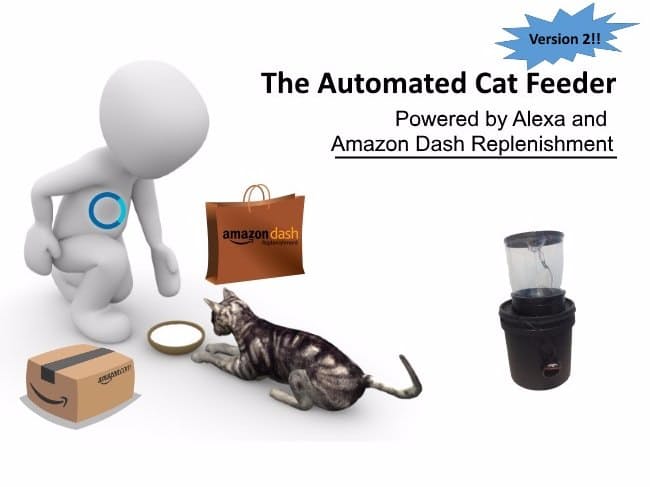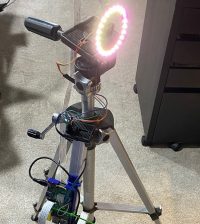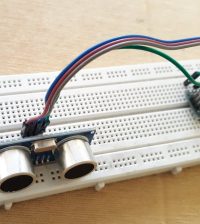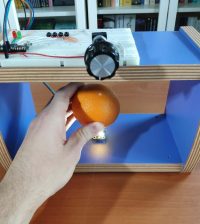- makeITcircular 2024 content launched – Part of Maker Faire Rome 2024Posted 2 weeks ago
- Application For Maker Faire Rome 2024: Deadline June 20thPosted 2 months ago
- Building a 3D Digital Clock with ArduinoPosted 7 months ago
- Creating a controller for Minecraft with realistic body movements using ArduinoPosted 7 months ago
- Snowflake with ArduinoPosted 8 months ago
- Holographic Christmas TreePosted 8 months ago
- Segstick: Build Your Own Self-Balancing Vehicle in Just 2 Days with ArduinoPosted 8 months ago
- ZSWatch: An Open-Source Smartwatch Project Based on the Zephyr Operating SystemPosted 9 months ago
- What is IoT and which devices to usePosted 9 months ago
- Maker Faire Rome Unveils Thrilling “Padel Smash Future” Pavilion for Sports EnthusiastsPosted 10 months ago
Alexa and Amazon Dash take care of your cat!
Maybe you’re asking how is it possible: this Automated Cat Feeder is the answer.
The CatFeeder was build using a Zevro Dry Food Dispenser. Any dispenser can be used – you just need to be sure that it is controlled by a paddle wheel. Your servo needs to be a continuous rotation servo.
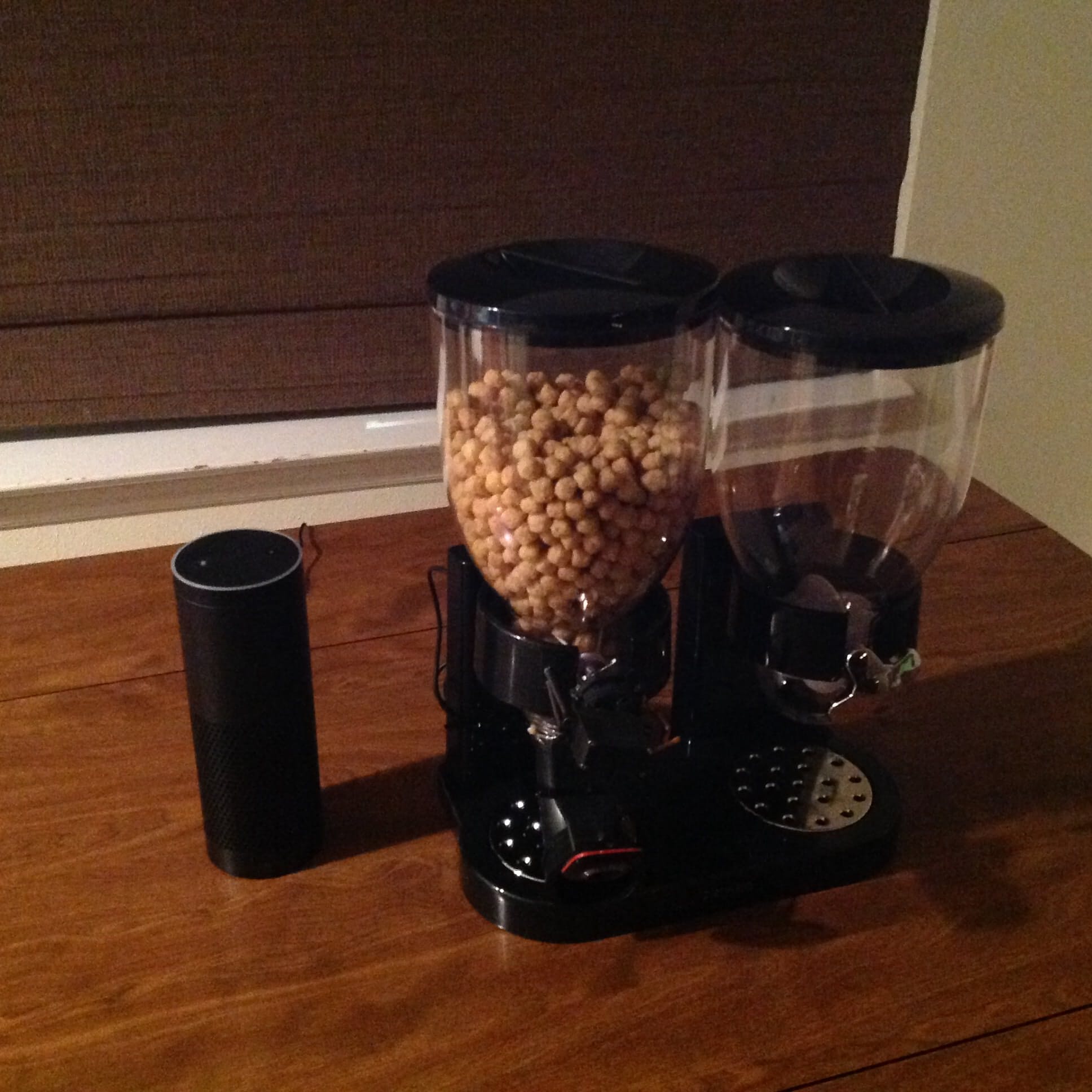
Other components you need:
- an Alexa skill that controls the device. It allows user to feed the cat, ask when Alexa last fed the cat, ask if the cat has food, ask if the cat feeder needs to be refilled. Commands interact with the physical Cat Feeder by sending messages to the device via MQTT or getting status of the feeder via device shadow.
- a dry food dispenser powered by a Raspberry Pi (Raspberry Pi 3 Model B) with sensors to measure consumption.
- Amazon Dash Replenishment logic (build as a separate web page and into the Alexa Skill) to handle sensing status and replenishment messages to DRS.
Connect the Raspberry Pi, Camera, and Ultrasonic Sensor (taped to the inside top of the Cat Feeder Hopper).
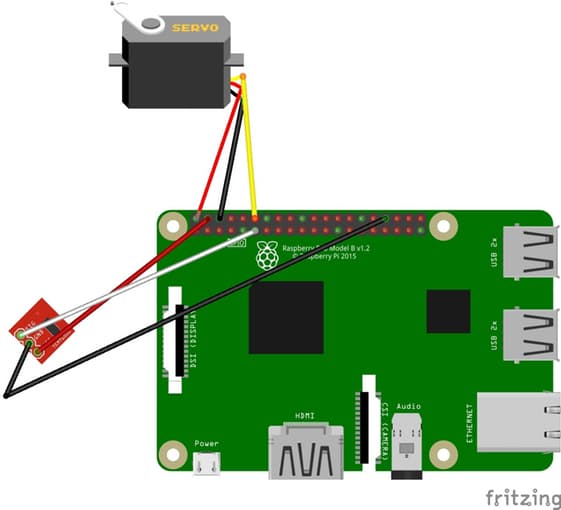
The ultrasonic sensor (SunFounder Ultrasonic Module Distance Sensor SF-SR02) was used to determine the amount of food in the Cat Feeder Hooper. The code calls the ultrasonic sensor to determine the distance between the top of the hopper and the food in the hopper.
Images from an attached standard USB camera are analyzed in a Python script to determine how full/empty the cat bowl is (0%, 25%, 50%, 75%, 100%). The Alexa skill passes in (via the MQTT topic) the amount of time for the servo to run.
Amazon Dash Replenishment was build into the code – enabling the Cat Feeder to automatically order cat food when the supply is low. When an order is placed/shipped/cancelled SNS message is received from DRS via SNS queue (this is set up during the DRS set-up process).
This is an high level flow of how a user interacts with the Cat Feeder:
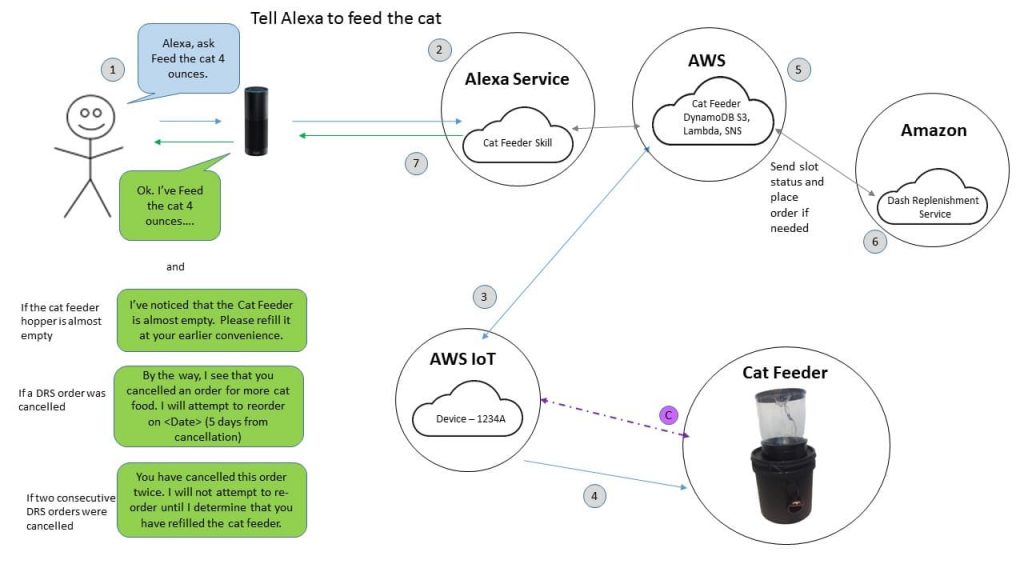
I like cats, but how many times have you had to stop working, watching tv, relaxing or doing whatever you were doing to feed your cat?
Now, if you want, this couldn’t be a problem anymore!!

